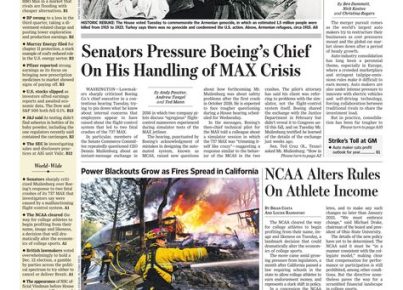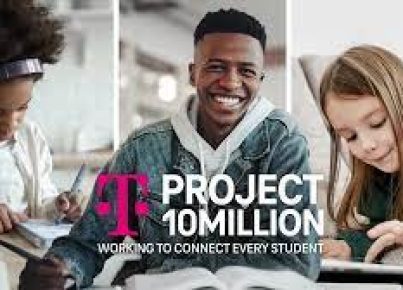Digital inequity refers to an inequitable sharing of digital resources and their accessibility, especially to people of color, immigrants, and those who live beneath the poverty line. These individuals have been excessively represented among those who experience digital inequity, with Black & Latino students as well as those in families with annual income less than $50,000; by far experiencing a lack of internet access at home significantly more than other students.
Digital inequity is usually triggered by educational, economic, and sociocultural disparities. For instance, financially weak families find it difficult to own or access desktops, laptops, or smartphones. As a result, students belonging to such families face problems accessing distance learning materials. Though the cost of digital devices is a major barrier to ownership, just ensuring equal digital access may not be the solution. For instance, even when students from low-income families are given opportunities to learn new skills and practice them online, participate in online communities, or do some research on their own to develop a career plan, they may not benefit greatly. That’s because students from socio-economically disadvantaged backgrounds are often unaware of how technology can help them raise their social status. They may not know about the process to apply for federal grants to complete their education, access open educational resources, or engage with MOOCs (massive open online courses) even when they’re just a few clicks away.
There’s another aspect of digital inequity. As older technologies become available to a growing number of people, new digital tools, technologies, and services are almost always marketed only to the wealthiest. Now, if educational content is developed that can be accessed by only those with the most recent digital gadgets or can be downloaded or streamed much faster than the older models of smartphones, for example, it’ll create a digital divide. Thus, the launch of newer, better, and costlier digital gadgets, tools, and services reinforces, at least in the beginning, the privilege of the wealthiest or the more advantaged population.
To reduce the digital divide, the federal government should involve state and local agencies as well as local communities to improve digital access to lower-income populations, immigrants, people of color, and others who’re at a disadvantage. Consistent internet connectivity within the school and outside its premises is equally important for encouraging interest-driven learning and driving subject mastery and school success.
Reducing digital inequity will not just expand educational opportunities but also transform the nation’s economy and healthcare. It will help people explore broader and better employment opportunities, benefit from telehealth services, and even upskill using online resources for attracting better financial opportunities.




